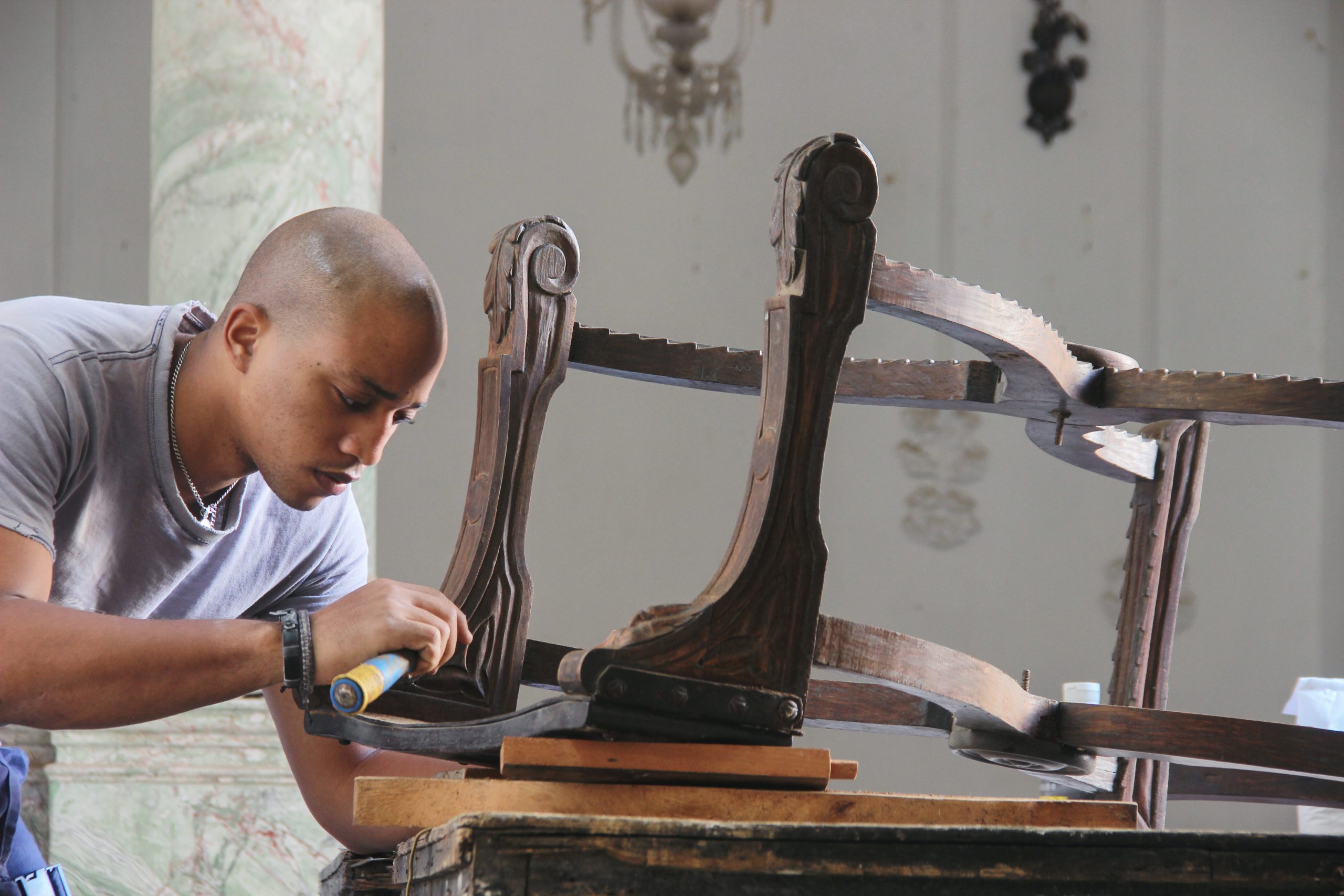Antique furniture carries with it a rich history and timeless beauty, making it a prized possession for many collectors and enthusiasts. When considering the restoration of antique pieces, there is a delicate balance between reviving their original splendor and preserving their intrinsic value. Here’s a comprehensive guide on how to restore antique furniture without diminishing its worth.
1. Research and Documentation:
Before embarking on any restoration project, conduct thorough research on the specific piece of furniture. Understand its historical context, original design, and the materials used. Documentation of the piece’s provenance, including any previous repairs or modifications, is crucial for maintaining its authenticity.
2. Assessment of Originality:
Carefully assess the originality of the antique furniture. Identify any distinguishing features, such as unique joinery, hardware, or surface finishes. Knowing what elements contribute to the piece’s authenticity will guide the restoration process and help retain its historical value.
3. Conservation vs. Restoration:
Distinguish between conservation and restoration goals. Conservation aims to preserve the existing condition of the piece, addressing structural issues and stabilizing its current state. Restoration involves more extensive work to return the furniture to its original appearance. Striking a balance between the two is essential for maintaining value.
4. Professional Assessment:
Engage the services of a qualified antique furniture restoration professional. An experienced restorer can provide a detailed assessment of the piece, recommend appropriate restoration techniques, and ensure that the process aligns with preservation principles. Their expertise can prevent unintentional damage that may occur with DIY attempts.
5. Minimal Intervention Approach:
Adopt a minimal intervention approach to restoration. Avoid unnecessary alterations or modifications that may compromise the originality of the piece. The goal is to enhance its aesthetic appeal while respecting its historical integrity.
6. Cleaning and Surface Care:
Cleaning is a crucial aspect of antique furniture restoration, but it must be approached with caution. Use gentle cleaning solutions appropriate for the specific materials. Avoid harsh chemicals that can strip finishes or alter the patina. For intricate details, consider using soft brushes or cotton swabs.
7. Repairing Structural Issues:
Address structural issues such as loose joints, cracks, or missing components. Use reversible repair techniques whenever possible to allow future conservators to undo the changes if needed. Traditional joinery methods and materials that match the original construction should be prioritized.
8. Consistent Finishing:
If refinishing is necessary, aim for a consistent finish that replicates the original appearance. Strive to match the color, sheen, and texture of the existing finish. Opt for hand rubbing or brushing rather than modern spray finishes to achieve a more authentic look.
9. Reversible Techniques:
Whenever alterations are made, choose reversible techniques. This ensures that future restorers can undo the changes without causing irreversible damage. Document each step of the restoration process for future reference.
10. Preserve Patina:
The natural patina that develops on antique furniture is a testament to its age and history. Preserve this patina whenever possible, as it contributes to the piece’s character and authenticity. Avoid aggressive polishing or treatments that may remove or alter the patina.
Conclusion:
Restoring classic antique furniture requires a meticulous and informed approach to balance the desire for enhancement with the preservation of historical value. By conducting thorough research, seeking professional guidance, and adopting careful restoration practices, you can breathe new life into antique pieces while ensuring their continued significance and worth. Ultimately, the goal is not just to restore the furniture but to honor its journey through time and the craftsmanship of bygone eras.

